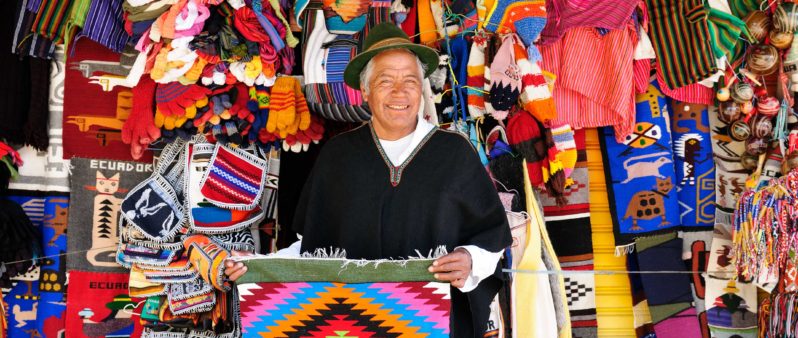
Essential Tips and Phrases for Bargaining in Latin America
“¡Pásele joven! ¿Qué buscas?” “No hay compromiso.”
“Come on in, kid. What are you looking for? There is no commitment (to purchasing something).” Ignore the shouts. Keep walking. Don’t make eye contact. I remind myself to do these three things when I step into a Latin American market. They’re overwhelming places. You see things that make your jaw drop, smell things that make you change directions, and slang you weren’t taught in Spanish class. Yet the most foreign thing about visiting a Latin American market is the ability to negotiate, or regatear. It takes skill to strike a deal, and this article will help you do so.
Types of Latin American Markets
1. Un mercado (Market)
A traditional market where locals buy their everyday needs. Most prices are fixed here, making it harder to negotiate.
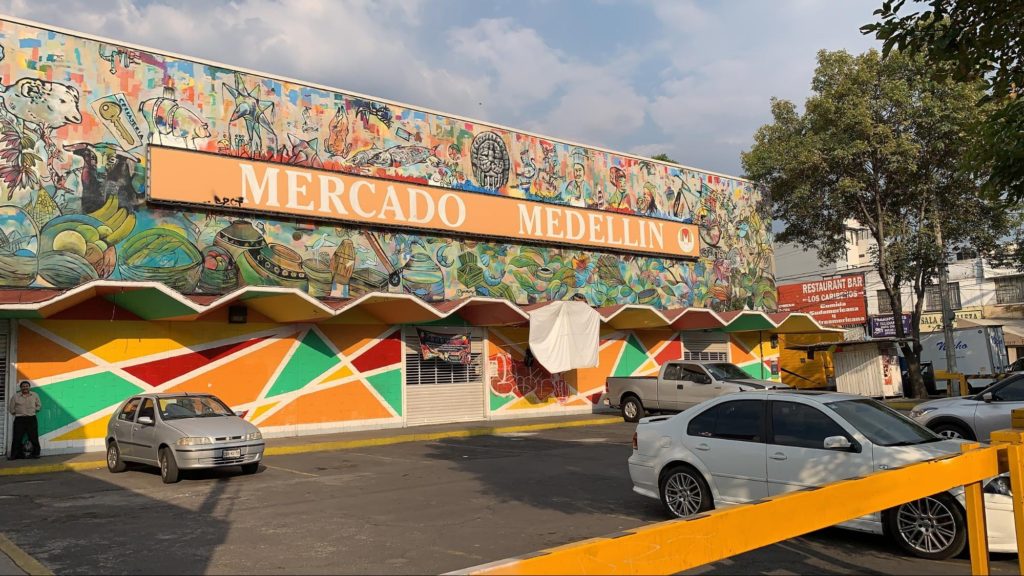
2. Un tianguis (Street market)
The tianguis is unique to Mexico and Central America and only happens once a week. These markets are massive, and bartering is a part of the culture.
3. Un mercado artesanal (Artisan market)
These artisan markets are where people stock up on souvenirs before heading home. Vendors expect you to negotiate, so you better come prepared.
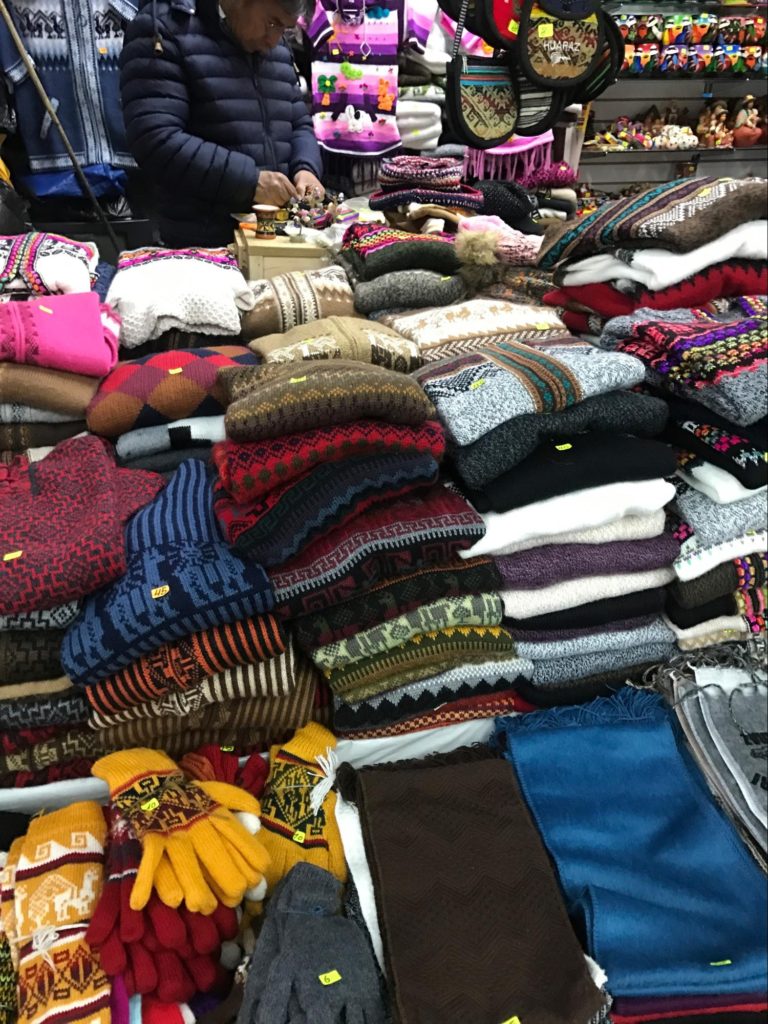
Choosing the Right Vendor
Take a few laps around the market to begin. When you see what you are looking for, ask the price in one of two ways.
¿Cuánto cuesta?
“How much does this cost?” — More formal.
¿Cuánto sale?
“How much does this cost?” — More local.
Once you hear the price, tell the vendor Okay, gracias “Okay, thanks”, and walk away confidently. If the vendor tries to give you a lower price, tell them Está bien, gracias “That’s okay, thanks.” and continue on your way. What you should really be searching for is a vendor that sells multiple things that you want to purchase. The more items you buy, the more leverage you’ll have with a vendor. When you spot the stand for you, walk around the market a bit more before returning to negotiate.
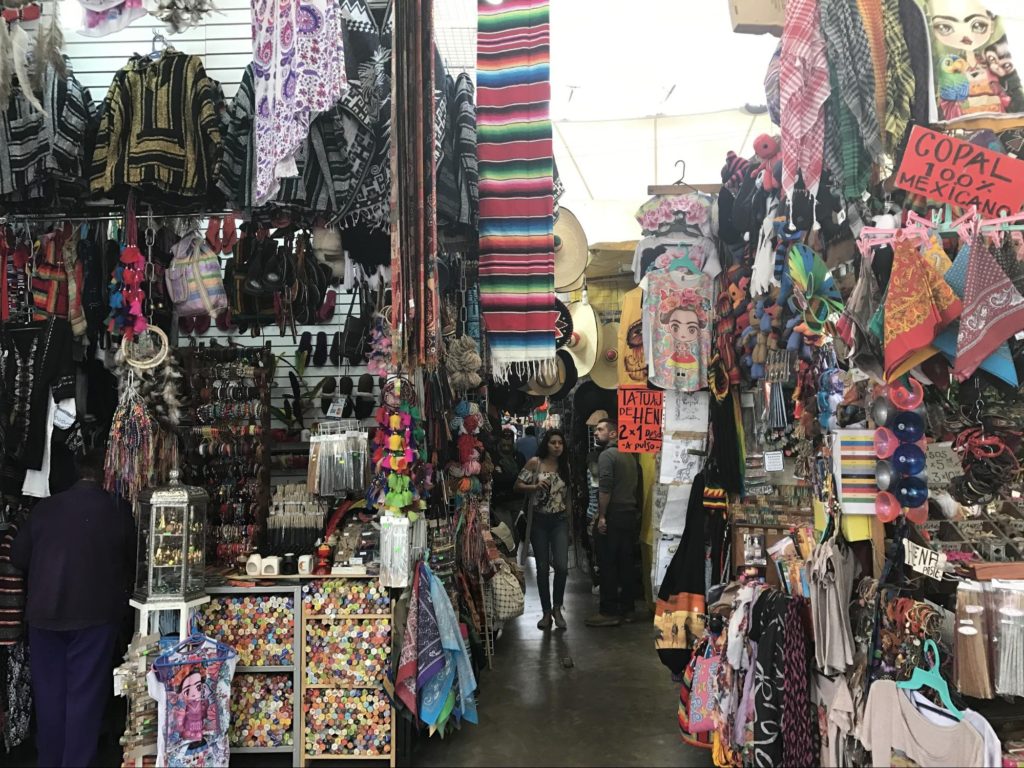
7 Tips and Key Phrases for Bargaining in a Latin American Market
1. First, don’t seem over-enthused about a specific product.
If you appear emocionado “excited” or enamorado “in love”, the seller is going to set the price high. Keep yourself tranquilo “calm” and you’ll be much more likely to get a cheap price.
2. If you want to buy a few of the same thing, ask for a discount.
- Me darías un descuento si compro dos o tres? “Would you give me a discount if I buy two or three?”
3. No matter how low the price is, you should always say that the price seems a bit too expensive.
- Me parece demasiado caro. “That seems too expensive to me.”
4. Stating that another vendor offered you a lower price is a good idea.
- En otro puesto, me quería cobrar menos. “In another stall, they wanted to charge me less.”
5. Ask for their minimum price, and then see if they are willing to budge a bit. If not, you can settle upon the given price.
- Cuál es su precio más barato “What is your cheapest price?”
6. Hide extra cash somewhere else. Then tell the vendor that you only have a certain amount, which of course is a bit less than the price they are trying to give you.
- No tengo más efectivo. “I don’t have any more cash.”
7. If there is a defect in the item you want to buy, point it out.
- Está dañado/a “It’s damaged.”
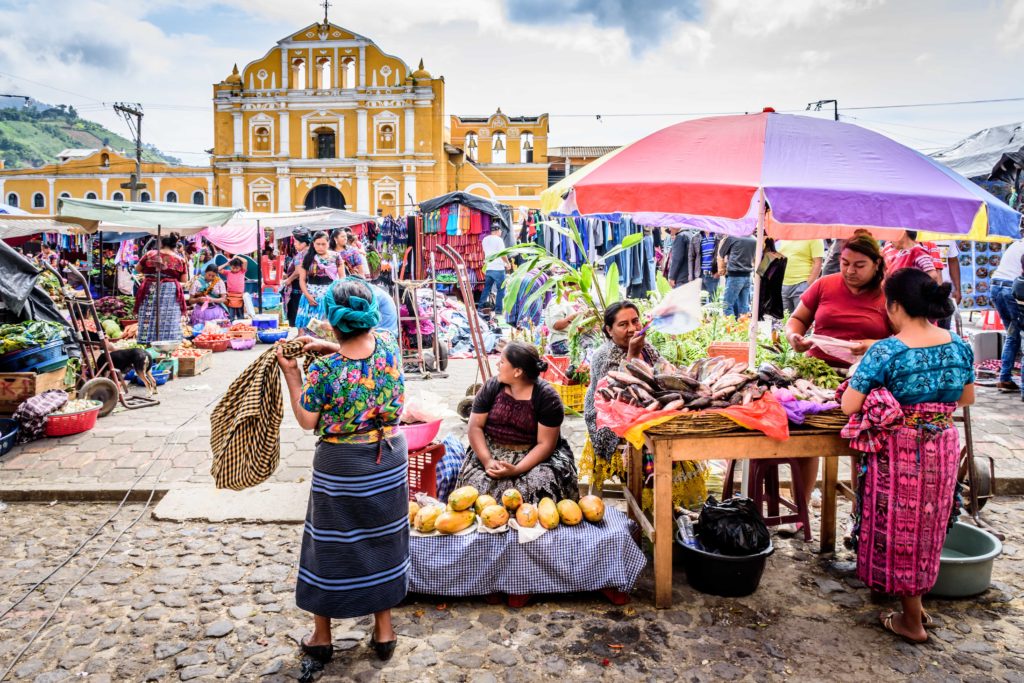
Negotiating in Spanish – Example
Buyer:
¿Cuanto cuesta esta hamaca? “How much does this hammock cost?”
Vendor:
Esa hamaca cuesta quinietos pesos. “That hammock costs 500 pesos.”
Buyer:
¿En serio? Me parece muy caro. “Seriously? That seems really expensive.”
Vendor:
Es que son autenticas y muy bien hechas. “Well, they are authentic and really well made.
Buyer:
Entiendo, pero en otro puesto me quería cobrar cuatrocientos pesos. “I understand, but at another stand, they wanted to charge me 400 pesos.”
Vendor:
Te lo doy en cuatrocientos cincuenta minimo. “I’ll give it to you for 450 pesos minimum.”
Buyer:
¿Cuanto cuesta la pulsera? “How much does the bracelet cost?”
Vendor:
Cuesta 25 pesos. “It costs 25 pesos.”
Buyer:
¿Y si compro una pulsera, una camiseta, y la hamaca cuanto seria? “How much would it be if I buy a bracelet, a shirt, and the hammock?”
Vendor:
Te doy todo por seiscientos cincuenta pesos. “I’ll give you all of it for 650 pesos.”
Buyer:
Wow, muy caro. Solo quiero la pulsuera. “Wow, that’s expensive. I only want the bracelet.”
Vendor:
Te doy todo por seiscientos pesos. “I’ll give you all of it for 600 pesos.”
Buyer:
No, te doy quienietos cincuenta máximo. No tengo más efectivo. “No, I’ll give you 550 maximum. I don’t have any more cash.”
Vendor:
Okay, está bien. “Okay, that’s fine.”
Let’s Review
- The first price (500 pesos) that a vendor gives for the hammock is much higher than they are willing to accept.
- Stating that another vendor offered you a similar product for cheaper will give you leverage.
- The buyer was able to walk away with three items for only 50 pesos more than the original price of the hammock. Remember, a vendor would rather sell multiple items and make a bit more money than they would have made by selling just one item.
- A vendor will always state that things are authentic and well made. Don’t be fooled! If you notice a defect or that the product is not handmade, be sure to use this in your favor.
- Stating (and even showing) that you don’t have more than a certain amount of money can help lock in a certain price.

Bargain, But Also Respect Local Culture
A few dollars for an American or European may not seem like much, but those dollars can go a long way for someone living in Latin America. If you see someone putting in the effort to create something culturally significant, compensate them fairly!
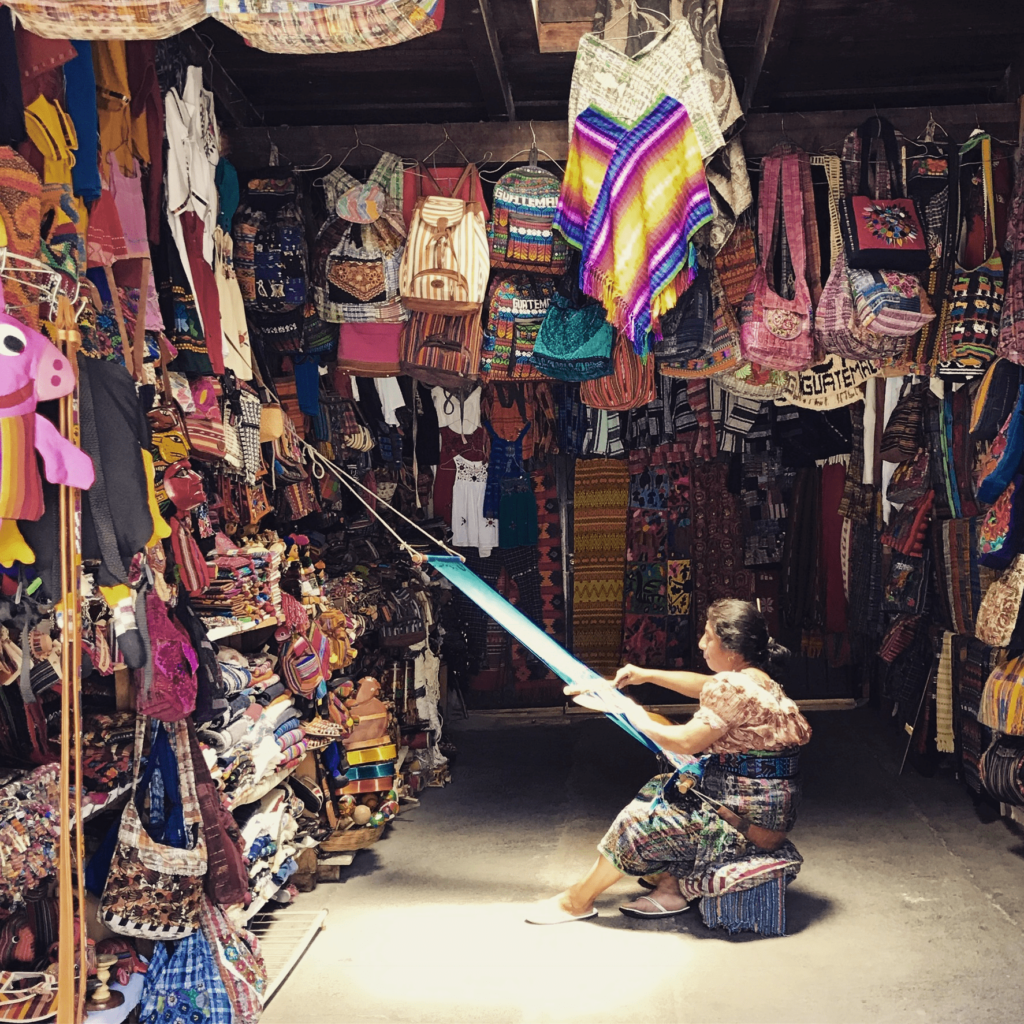
Immerse Yourself in Latin American Culture by Learning Spanish
Want to make Spanish learning a part of your everyday life?
Start listening to popular Spanish music, like Reggaeton or Latin Rock, or download a Free Week of the Pimsleur app to start listening, speaking, and testing your Spanish skills.


1 Comment for "How to Negotiate in a Latin American Market"
Wow, Nate! This blog is gold for anyone looking to purchase goods and services in Latin America. An easy read that provides so many practical examples! I can’t imagine the savings if we read it before past trips (15 or so) to Latin America. I’m going to share it with everyone traveling with us next month. Thanks!